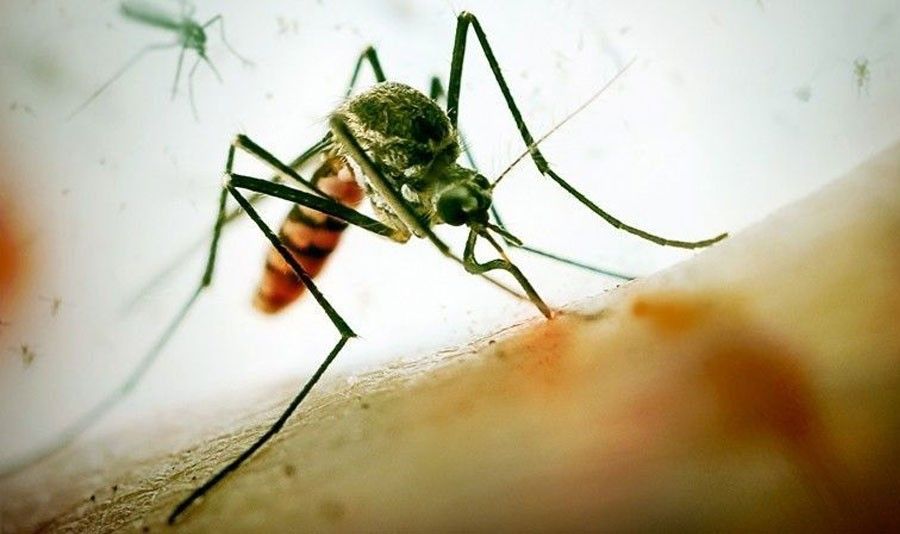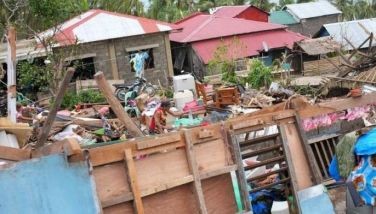DOH sees more dengue cases, hopes for less deaths

MANILA, Philippines — The Department of Health (DOH) expects more dengue cases this year but health officials are hopeful that there would be less deaths.
According to DOH Undersecretary Eric Domingo, majority of the dengue cases recorded by the DOH’s Epidemiology Bureau last January and February were caused by dengue serotype 1 (DENV-1), a less deadly strain of the dreaded virus.
“For now, the serotype that is most common is not that virulant, which is serotype 1. This means that we may see more cases but there could be lesser deaths. I think the most virulent is serotype 2,” he said in an interview.
There are four serotypes of dengue – DENV-1, DENV-2, DENV-3 and DENV-4 – that circulate every year but in a year, there is usually one of two particular strains that become dominant.
Having all of the serotypes present at the same time could mean more people being prone to dengue.
However, an infection with one serotype offers immunity from this particular strain for life.
This means that a person could contract the mosquito disease four times in a lifetime.
Domingo noted that based on the dengue cycle, the number of cases tend to increase every three years. Meaning for 2019, the country could see the ballooning of cases.
“In 2016, we had high number of cases while 2017 and 2018 were low years for dengue. We think that 2019 is going to be a dengue year,” he maintained.
Complacency
Domingo warned the people against complacency just because this year’s dengue cases could be less deadly.
“The peak season for dengue is July and August so it’s too early to say it will really be serotype 1. This could change so we always have to keep our guard up,” he added.
The official has asked the public to continue intensifying efforts to eliminate all possible breeding sites of mosquitoes to prevent dengue.
Data of the DOH Epidemiology Bureau showed that from Jan. 1 to March 2, there were 40,614 dengue cases, including 150 deaths. This is higher than the 24,231 cases, including 118 deaths, during the same period in 2018.
The regions that accounted for most of the cases last year include Central Visayas (4,498), Calabarzon (4,243), National Capital Region (4,231) and Caraga (4,102).
- Latest
- Trending




























